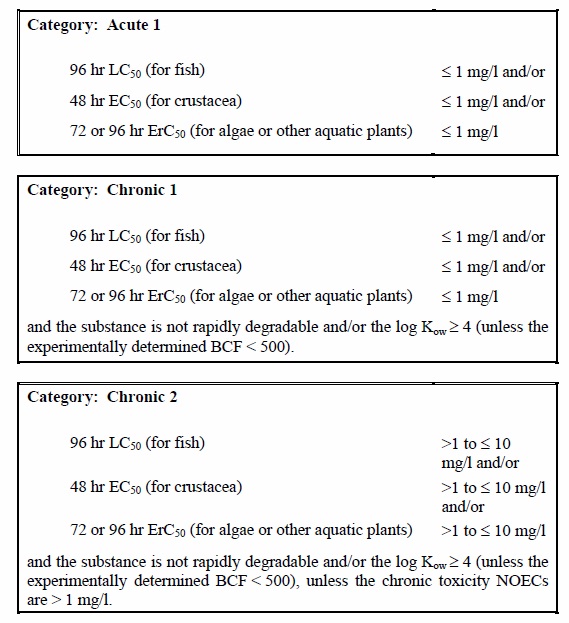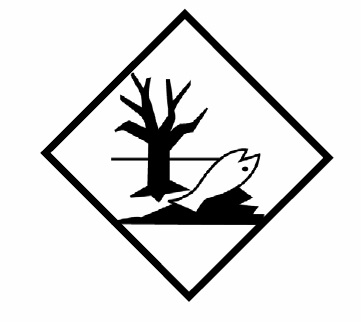SOLAS Chapter II-2 Regulation 19 is about Carriage of Dangerous Goods. The purpose of this regulation is to provide additional safety measures in order to address the fire safety objectives for ships carrying dangerous goods.
Due to changes in IMDG Code the said chapter of SOLAS also underwent certain changes.
These changes are made by Maritime Safety Committee RESOLUTION MSC.269(85) and came into effect from 1st Jan 2011.
Applicable to :
- New Ships – keel laid on or after 1st Jan 2011
- Existing ships must comply to the changes during the first renewal survey after 1st Jan 2011
- Cargo ships of 500 GRT or more and passenger ships constructed on or after 1st Sept 1984
- Cargo ships of less than 500 GRT constructed on or after 1st Feb 1992
- Class 2.3 now divided into 2.3 and 2.3 with subsidiary risk 2.1
- Lower flashpoint range for flammable liquids changed from ≤ 23°C to FP < 23°C
- Upper limit of flashpoint is changed from FP 61°C to FP 60°C
- Class 4.3 is divided into 4.3 Solids and 4.3 Liquids
- Class 8 having a flashpoint FP ≥ 23°C and subsidiary risk of 6.1 need an additional bilge system as per regulation II-2/19.3.5
- Class 9 which may emit flammable gas – electrical equipment must be of certified safe type of at least IIB T4, IP55.
The Document of compliance for the carriage of dangerous goods as per regulation II-2/19.4 of the SOLAS Convention will be replaced for existing ships during next class renewal.
Table 19.3 is replaced by the following table:
11 When .mechanically-ventilated spaces. are required by the IMDG Code.
12 Stow 3 m horizontally away from the machinery space boundaries in all cases.
13 Refer to the IMDG Code.
14 As appropriate for the goods to be carried.
15 FP means flashpoint.
16 Under the provisions of the IMDG Code, stowage of class 5.2 dangerous goods under deck or
in enclosed ro-ro spaces is prohibited.
17 Only applicable to dangerous goods evolving flammable vapour listed in the IMDG Code.
18 Only applicable to dangerous goods having a flashpoint less than 23ºC listed in
the IMDG Code.
19 Only applicable to dangerous goods having a subsidiary risk class 6.1.
20 Under the provisions of the IMDG Code, stowage of class 2.3 having subsidiary risk class 2.1
under deck or in enclosed ro-ro spaces is prohibited.
21 Under the provisions of the IMDG Code, stowage of class 4.3 liquids having a flashpoint less
than 23ºC under deck or in enclosed ro-ro spaces is prohibited.







